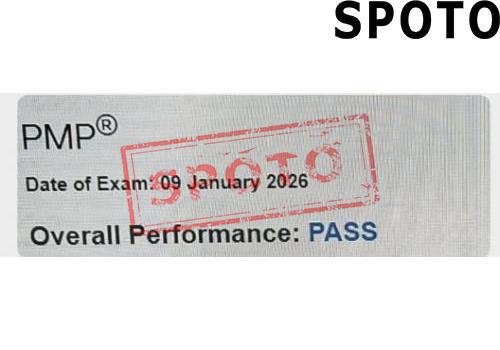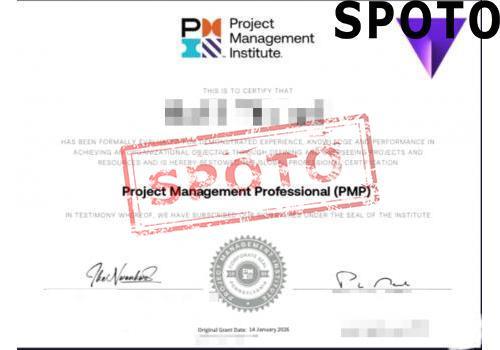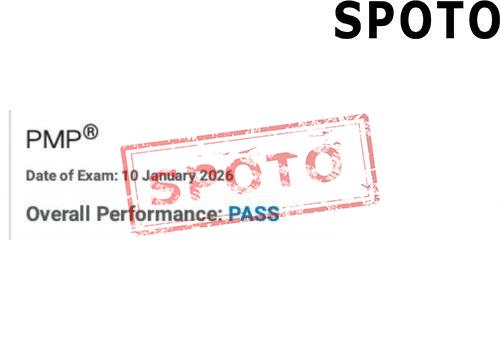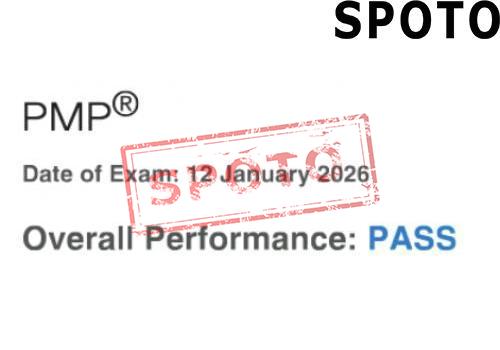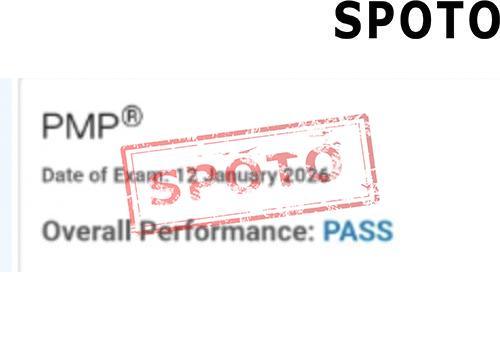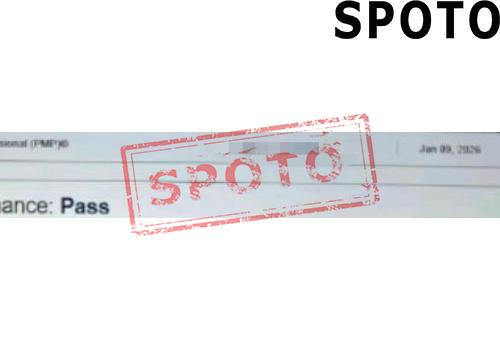
Table of Contents
- Key Components of a Work Breakdown Structure
- Benefits of Utilizing a Work Breakdown Structure
- Creating a Work Breakdown Structure
- Best Practices for Developing a Work Breakdown Structure
- Common Challenges and Solutions in Implementing a Work Breakdown Structure
- Tools and Techniques for Creating and Managing Work Breakdown Structures
- Case Studies: Successful Implementation of Work Breakdown Structure
- Conclusion: Harness the Power of Work Breakdown Structure for Project Success
Key Components of a Work Breakdown Structure
The architecture of a Work Breakdown Structure (WBS) is underpinned by several critical components, each contributing to a comprehensive framework for project management. This structure not only facilitates precise planning and execution but also ensures clarity and alignment throughout the project lifecycle.
A. Project Scope
At the foundation of every WBS lies the project scope. This element delineates the project's objectives, defining the boundaries and the full extent of work required to fulfill the project's goals. It serves as a blueprint, guiding the development of a detailed plan that encompasses all necessary tasks and deliverables.
B. Deliverables
Deliverables are the tangible or intangible outputs of the project, clearly defined through the WBS. They represent the measurable outcomes that, collectively, achieve the project's objectives. By identifying deliverables early in the planning process, teams can align their efforts towards producing specific, valued results.
C. Work Packages
Work packages further decompose the deliverables into manageable segments, detailing the work required to complete each deliverable. These packages are the cornerstone of project planning and execution, enabling precise estimation of resources, time, and costs. They serve as a bridge, connecting the project's broad goals with the specific tasks needed to achieve them.
D. Milestones
Milestones mark significant points along the project timeline, offering checkpoints to gauge progress and performance. These are critical for maintaining project momentum and serve as tools for communication and alignment among stakeholders. Milestones often represent the completion of major deliverables or phases, facilitating phase reviews and adjustments as needed.
E. Tasks/Sub-tasks
The granular level of a WBS is composed of tasks and sub-tasks, which break down the work packages into actionable steps. This detailed breakdown ensures that every aspect of the project work is accounted for, allowing for a systematic approach to task allocation, execution, and monitoring. By establishing clear task ownership and responsibilities, projects can advance efficiently towards their successful completion.
Benefits of Utilizing a Work Breakdown Structure
Employing a Work Breakdown Structure (WBS) in project management can significantly enhance the efficiency and clarity of project execution. Below are the key advantages of integrating a WBS into your project planning process.
A. Effective Project Planning
At the core of its benefits, a WBS offers a robust framework for comprehensive project planning. By breaking down projects into smaller, more manageable components, teams can gain a clearer understanding of project requirements and timelines. This systematic deconstruction allows for meticulous planning, ensuring that every aspect of the project is accounted for and meticulously mapped out, from major deliverables down to the minutest tasks.
B. Improved Project Communication
Another significant advantage is the enhancement of communication across all project stakeholders. A WBS creates a shared language and understanding, making it easier to discuss project elements, progress, and challenges. It acts as a visual and verbal reference that aligns team members, stakeholders, and clients, ensuring that everyone has a clear understanding of what is expected and what is being delivered.
C. Enhanced Resource Allocation
A detailed WBS enables more effective resource allocation by clearly outlining all project components and their requirements. This clarity allows project managers to allocate human, financial, and material resources more efficiently, ensuring that the right resources are available at the right time. This precise coordination helps in optimizing resource use and minimizing waste, contributing to a more economical project execution.
D. Clear Task Ownership and Accountability
Finally, a WBS establishes clear task ownership and accountability. By assigning specific tasks and deliverables to individual team members or groups, it ensures that everyone knows their responsibilities. This clarity in roles and expectations is crucial for maintaining project momentum and ensuring that each component of the project is completed on time and to the required standards. The WBS serves as a blueprint for responsibility, significantly reducing the risk of tasks being overlooked or duplicated.
Creating a Work Breakdown Structure
Step 1: Identify Project Scope and Objectives
Begin by defining the project's overarching goals and the scope of work. This involves understanding the project's purpose, its end goals, and the requirements necessary to achieve these objectives. This step lays the foundation for a detailed WBS.
Step 2: Break the Project into Deliverables
Dissect the project scope into smaller, more manageable components called deliverables. These are tangible or intangible outcomes that are produced as the project progresses. Each deliverable is a milestone in the project timeline.
Step 3: Identify Work Packages for Each Deliverable
Subdivide each deliverable into work packages. These are the smallest units of work that can be assigned and managed. They should be detailed enough to allow for effective planning, execution, and monitoring.
Step 4: Define Milestones
Establish key milestones within the project. These are significant points or events in the project timeline which mark important achievements or transitions. They help in tracking progress and coordinating different parts of the project.
Step 5: Break Down Tasks/Sub-tasks for Each Work Package
For each work package, outline specific tasks or sub-tasks required to complete it. This detailed breakdown includes assignments, timelines, and resources needed, ensuring clarity and facilitating efficient project execution.
Best Practices for Developing a Work Breakdown Structure
Mastering the art of crafting a Work Breakdown Structure (WBS) is pivotal for steering any project towards its successful completion. This section delves into the quintessential practices that not only refine the process of developing a WBS but also ensure its efficacy in project management.
A. Ensure Alignment with Project Goals
Foremost, the foundation of a robust WBS is its alignment with the overarching project objectives. This synergy ensures that every task, deliverable, and work package directly contributes to the project's end goals, thereby maximizing efficiency and focus. It's about seeing the forest for the trees - ensuring that every piece of work is a stepping stone towards the project's success.
B. Involve Relevant Stakeholders
Inclusion of key stakeholders in the WBS development process is not just beneficial; it's crucial. This collaborative approach brings diverse insights and expertise to the table, ensuring a holistic view of the project is captured. From the onset, engaging stakeholders fosters a sense of ownership and commitment to the project, paving the way for smoother execution and consensus on project milestones.
C. Use Hierarchical Structure and Organizational Schemes
Employing a hierarchical structure is the backbone of an effective WBS, facilitating a clear decomposition of the project into manageable chunks. This organization scheme aids in delineating the project scope into deliverables, work packages, and tasks, making the complex simple and navigable. Such a structured approach not only clarifies the project's scope but also simplifies the process of monitoring and control.
D. Include Estimates for Effort and Duration
An accurate WBS goes beyond just listing tasks; it incorporates precise estimates for effort and duration for each element. This practice is instrumental in resource allocation and setting realistic timelines, ultimately contributing to a more reliable project schedule. By embedding effort and duration estimates, project managers can proactively manage expectations and adjust plans as needed.
E. Regularly Update and Review the WBS
The dynamic nature of projects necessitates that the WBS is not set in stone. Regular reviews and updates to the WBS are essential to reflect any changes in project scope, resources, or timelines. This iterative process ensures the WBS remains a true reflection of the project's current state, facilitating timely adjustments and decision-making. It's a practice that keeps the project on track and stakeholders informed.
Common Challenges and Solutions in Implementing a Work Breakdown Structure
Even the most meticulously planned Work Breakdown Structures (WBS) can encounter hurdles during their implementation. Recognizing these potential challenges and formulating strategies to overcome them is crucial for maintaining project momentum and achieving success.
A. Lack of Clarity in Scope Definition
One frequent stumbling block is an unclear definition of the project's scope, which can lead to ambiguity and misunderstandings as the project progresses. Addressing this challenge requires a rigorous initial analysis and agreement on the project's boundaries and objectives. Involving all key stakeholders in this process and utilizing tools such as scope statement documents can ensure a unified understanding and prevent scope creep.
B. Difficulty in Work Package Identification
Another obstacle is the complexity of breaking down deliverables into manageable work packages. This can be particularly daunting for complex projects with numerous interdependencies. A solution lies in employing a combination of brainstorming sessions, expert judgment, and decomposition techniques. Engaging team members with specific expertise in these sessions can aid in identifying all necessary work packages more efficiently.
C. Miscommunication and Coordination Issues
Effective communication and coordination among project team members and stakeholders are vital. Without it, the risk of misalignment and project delays increases. To mitigate this, establish clear communication channels and regular update meetings. Additionally, leveraging project management software that offers real-time updates and collaboration features can enhance transparency and coordination.
D. Dealing with Scope Changes
Scope changes are inevitable in most projects. The key to managing them effectively is to have a flexible yet controlled approach. Implementing a formal change management process allows for the evaluation of scope change requests, assessing their impact on the project, and making informed decisions on whether to proceed. Regularly revisiting and adjusting the WBS in light of approved changes ensures that the project remains on track.
Tools and Techniques for Creating and Managing Work Breakdown Structures
Embarking on the journey of project management, one must arm themselves with a robust set of tools and methodologies to sculpt an effective Work Breakdown Structure (WBS). This section delineates the quintessential instruments and strategies vital for the formulation and administration of a WBS, ensuring projects are not only meticulously planned but also seamlessly executed.
A. Gantt Charts
At the heart of project visualization lies the Gantt chart, a tool indispensable for its ability to map out the timeline of project tasks and activities. By providing a bird's eye view of the project's temporal landscape, Gantt charts facilitate an understanding of task durations, dependencies, and overlaps, thus empowering project managers to foresee potential bottlenecks and streamline task sequences for optimal efficiency.
B. Project Management Software
In the digital era, project management software emerges as a cornerstone for orchestrating projects with precision and agility. These sophisticated platforms offer a suite of features designed to enhance collaborative efforts, including but not limited to real-time updates, task assignments, and progress tracking. Leveraging such software ensures that every facet of the WBS is under continuous scrutiny, allowing for adjustments and refinements in alignment with project dynamics.
C. WBS Templates
A foundational aspect of constructing a WBS is the employment of templates, which serve as blueprints for delineating the project's hierarchical structure. WBS templates provide a standardized framework that aids in the systematic identification and categorization of deliverables, work packages, and tasks. By starting with a template, project managers can ensure consistency and comprehensiveness in the development of their WBS, thereby laying a solid foundation for project execution.
Utilizing these tools and techniques not only simplifies the creation and management of a Work Breakdown Structure but also elevates the project's probability of success. Through the strategic application of Gantt charts, project management software, and WBS templates, project managers can navigate the complexities of project planning and execution with confidence and precision.
Case Studies: Successful Implementation of Work Breakdown Structure
In a real-world scenario, the practical application of WBS is best observed in groundbreaking projects. Here, we have two vibrant examples that tend to elucidate the pivotal role of Work Breakdown Structures for successful project completion.
A. Example 1: Construction Project
In a construction project, a Work Breakdown Structure aids in meticulously organizing each building phase, allowing for a smoother workflow. Starting with the project's mission - to construct a building, each level becomes increasingly more complex and detailed.
- Level 1: Construction of the Building
- Level 2: This level highlights the distinctive project phases such as Design, Building Approval, Foundation, Framing, and Final Finishes.
- Level 3: Each phase at Level 2 is broken down into various tasks. For instance, the Design phase can be partitioned into Architectural Design, Structural Design, Electrical and Plumbing Design.
- Level 4: Each task is further compartmentalized into smaller tasks that give a detailed overview of the required efforts.
Embracing a WBS helps in time and cost estimation, resource allocation, and tracks progress efficiently to aid in the successful completion of the construction project.
B. Example 2: Software Development Project
In a software development project, devising a Work Breakdown Structure plays a prolific role in managing complex tasks systematically. Let's consider the overarching goal here is to develop an app.
- Level 1: Development of the App
- Level 2: The next stratum is segmented into specific yet interconnected stages such as Ideation, Design, Development, Testing, Launch, and Support.
- Level 3: Each stage is compartmentalized into manageable tasks. For instance, in the Development stage, there might be tasks like UI Development, Backend Programming, Database Setup and Integration, and API Development.
- Level 4: These tasks are further broken down into sub-tasks, offering a detailed roadmap of the work each task encompasses.
With a systematic WBS, the software development project can be sprightly managed, ensuring better estimation, thorough testing, timely delivery, and efficient troubleshooting of the app.
Conclusion: Harness the Power of Work Breakdown Structure for Project Success
In the intricate dance of project management, the Work Breakdown Structure (WBS) emerges as an indispensable partner, guiding each step towards the goal of successful completion. This comprehensive guide has journeyed through the essential terrain of WBS, from its foundational principles to the practical steps of creation, and illuminated the significant advantages it brings to the table.
The narrative began with an exploration of WBS’s core components, emphasizing how a meticulously defined WBS underpins effective project management by mapping out project scope, deliverables, work packages, milestones, and tasks/sub-tasks. The discussion advanced to highlight the myriad benefits such as enhanced project planning, improved communication, better resource allocation, and clear task ownership, which collectively ensure a project's path is both visible and viable.
Crucial to the successful application of WBS is adherence to best practices, including alignment with project goals, stakeholder engagement, utilization of hierarchical structures, and the incorporation of effort and duration estimates. Regular updates and reviews further refine the WBS, making it a living document that adapts to the project's evolving needs.
Challenges are inevitable, ranging from scope definition ambiguities to coordination mishaps. Yet, with strategic approaches and the support of advanced tools and techniques like Gantt charts, project management software, and WBS templates, these hurdles become surmountable, paving the way for efficient project execution.
Illustrative case studies of construction and software development projects showcased the transformative impact of a well-executed WBS, underscoring its versatility across sectors and its vital role in turning project vision into reality.
In conclusion, the Work Breakdown Structure stands as a testament to the power of structured planning and organization in project management. By embracing WBS, project managers and their teams can navigate the complexities of their initiatives with confidence, ensuring a coherent, comprehensive approach that drives projects to their successful fruition. Let the Work Breakdown Structure be your guide, your blueprint, and your foundation for project success.

